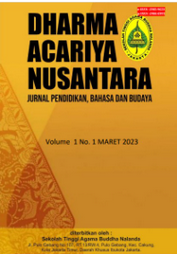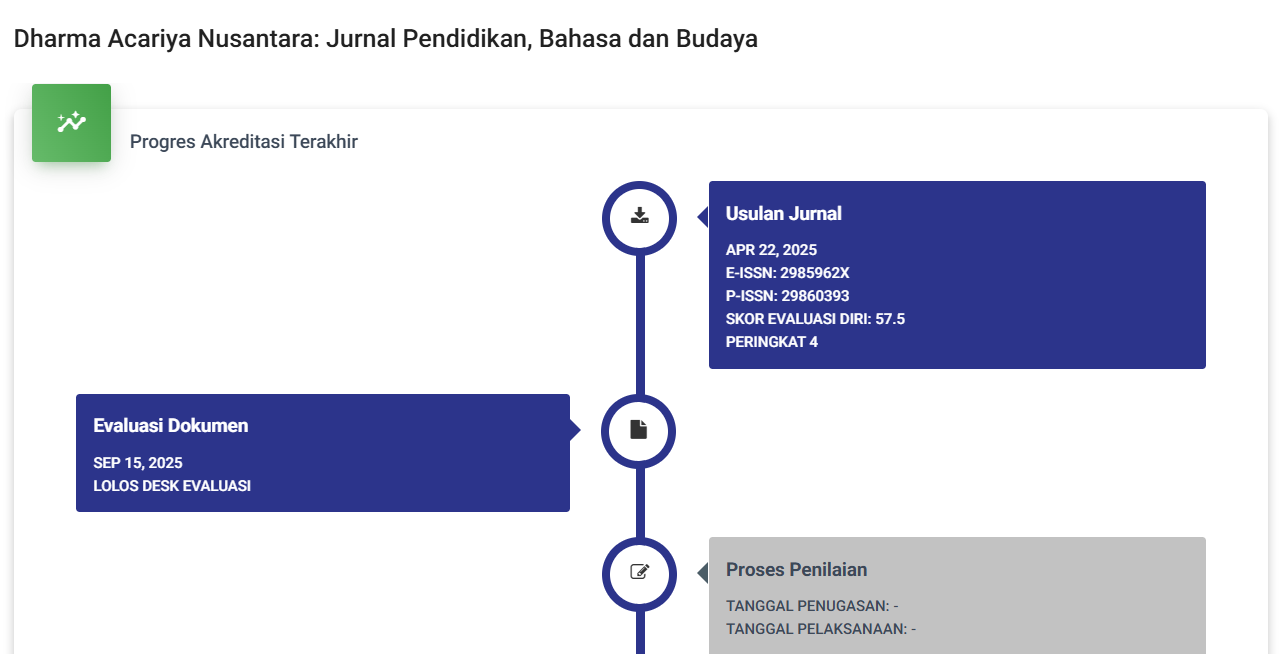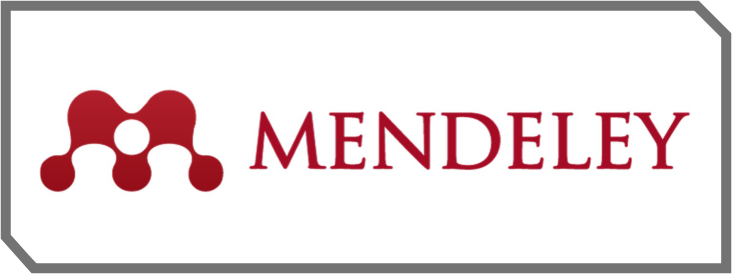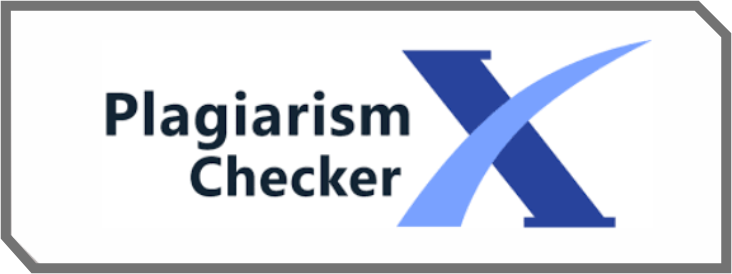Instrumen Inovatif untuk Mengembangkan Asesmen Praktik dan Produk dalam Pembelajaran Bahasa Indonesia di Era Digital
DOI:
https://doi.org/10.47861/jdan.v2i2.1163Keywords:
Instruments, Innovative, Practice and Product Assessment, Indonesian Language LearningAbstract
In the current era of globalization and digitalization, the teaching of the Indonesian language needs to adapt to technological advancements and innovative teaching methods. An important aspect of learning is assessment. Assessment not only measures students’ abilities but also serves as a tool to motivate and guide learning. This article describes various innovative tools that can be used to develop practical tests and learning products for the Indonesian language. Emphasis is placed on the application of digital technology, such as interactive applications and e-learning platforms, and alternative assessment methods, such as collaboration-based projects, digital portfolios, and performance-based assessments. These tools not only enhance student engagement and motivation but also provide more comprehensive and detailed feedback on students’ skills and development. With these innovative tools, it is hoped that learning the Indonesian language will become more meaningful, effective, and enjoyable for students.
References
Anderson, L. W., & Krathwohl, D. R. (2001). A taxonomy for learning, teaching, and assessing: A revision of Bloom's taxonomy of educational objectives. Longman.
Barrett, H. C. (2017). Balanced assessment: From formative to summative. Corwin.
Black, P., & Wiliam, D. (2009). Inside the black box: Raising standards through classroom assessment. GL Assessment.
Hattie, J. (2012). Pembelajaran terlihat untuk guru: Memaksimalkan dampak pada pembelajaran. Routledge.
Johnson, D. W., Johnson, R. T., & Smith, K. A. (2016). Active learning: Cooperation in the college classroom. Interaction Book Company.
Khan, B. H. (Ed.). (2017). Teknologi pendidikan dan e-learning. Emerald Group Publishing Limited.
OECD. (2015). Students, computers and learning: Making the connection. OECD Publishing.
Pennington, M. C. (2016). Teaching language in context. National Geographic Learning.
Ritzhaupt, A. D., & Kumar, S. (Eds.). (2017). Desain sistematis lingkungan pembelajaran digital untuk meningkatkan pembelajaran informal. Routledge.
van der Kleij, F. M., Feskens, R. C. W., & Eggen, T. J. H. M. (2015). Effects of feedback in a computer-based learning environment on students' learning outcomes: A meta-analysis. Review of Educational Research, 85(4), 475-511. https://doi.org/10.3102/0034654314564881













